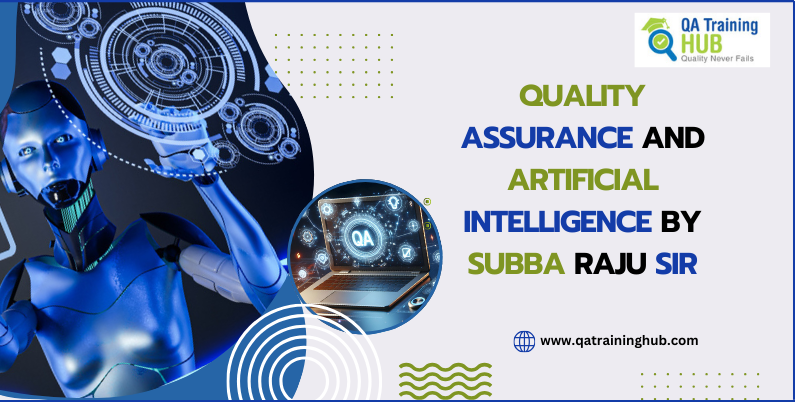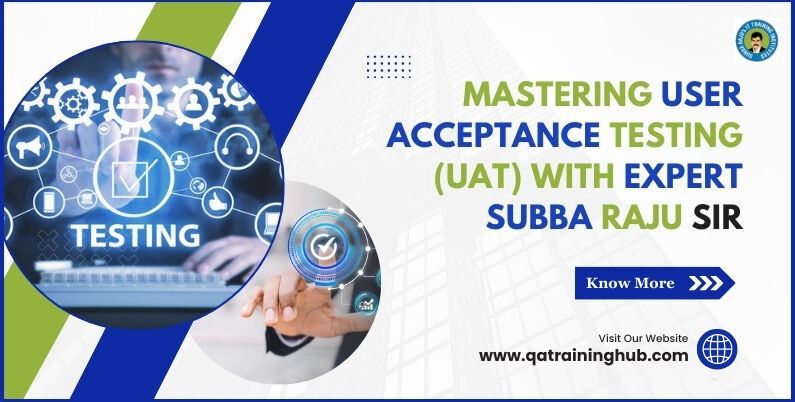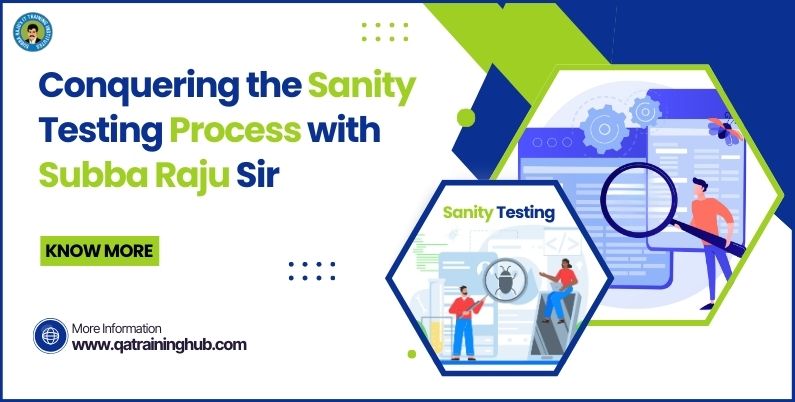
At QA Training Hub Institute, we recognize the importance of developing robust skills in Software Testing, a critical component in today’s technology-driven world. With the increasing complexity of software systems and the rise of automation, having strong expertise in testing methodologies is more vital than ever.
To address this need, we offer comprehensive, end-to-end training programs designed to equip students with the latest industry-relevant knowledge. Our programs are cost-effective and tailored to meet a variety of learning preferences and career goals. Whether you’re just starting or looking to advance in your testing career, our training modules cover everything from manual testing to automate testing tools like Selenium and QTP, ensuring learners are well-prepared for real-world challenges.
To further enhance the learning experience, our Software Testing Training Programs are available in multiple formats, including:
Classroom training for those who prefer hands-on, face-to-face learning.
Online training that offers flexibility for students to learn at their own pace, accessible from anywhere.
Corporate training solutions designed to upskill teams within organizations, ensuring they remain competitive in today’s fast-paced environment.
Each format is thoughtfully structured to suit the diverse needs and preferences of our students, ensuring maximum engagement and retention of skills. Additionally, Quality Assurance and Artificial Intelligence by Subba Raju Sir reflect the latest trends and tools in the industry, providing a cutting-edge learning experience.
Quality Assurance (QA): is the practice of overseeing and monitoring all aspects of the software development lifecycle to ensure that the processes, methods, and work products meet the specified client requirements and industry standards. It acts as a proactive approach to guarantee that the software being developed is of the highest quality, reliable, and functional.
Key Aspects of QA:
- Process Monitoring: QA involves continuous monitoring of every phase of software development, from design to deployment, ensuring that each step aligns with the established processes and standards.
- Methodology Review: It evaluates the effectiveness of the development methodologies used, such as Agile, Waterfall, or DevOps, ensuring they are applied consistently and effectively.
- Work Product Verification: QA ensures that each work product (code, documentation, design) meets the required quality standards and adheres to the client’s specifications.
- Compliance with Requirements: One of the main objectives of QA is to ensure that the final product fully meets the client’s needs and functions according to their expectations.
- Preventing Defects: QA focuses on preventing defects early in the development cycle, rather than identifying and fixing issues later, which reduces cost and time while improving software quality.
By implementing QA practices, organizations can maintain a high level of quality throughout the software engineering process, reduce risks, enhance client satisfaction, and ensure the final product is reliable and performs as intended.
AI Testing is a type of software testing that leverages Artificial Intelligence (AI) to enhance, automate, and streamline the testing process. It involves the use of AI-driven tools and algorithms to perform tasks that would traditionally require manual intervention, thereby increasing the efficiency, accuracy, and speed of testing.
Key Benefits of AI Testing:
- Automation of Repetitive Tasks: AI can automate repetitive and time-consuming tasks such as regression testing, allowing testers to focus on more complex issues.
- Enhanced Accuracy: AI-powered tools can identify defects and anomalies in code more precisely than manual testing, reducing the chances of human error.
- Predictive Analytics: AI can analyze historical data and patterns to predict areas of the software that are more likely to have defects, allowing testers to prioritize those areas.
- Self-Learning Algorithms: AI-based testing tools learn from previous tests and improve over time, making them more efficient at detecting potential issues in future tests.
- Improved Test Coverage: AI can automatically generate test cases and cover scenarios that may be missed by manual testers, ensuring more comprehensive test coverage.
What is Testing?
Testing in the realm of AI involves rigorously examining the functionality and performance of artificial intelligence systems to ensure they meet desired standards of quality and reliability. It’s the critical process of verifying that AI algorithms and models behave as expected across various scenarios. This ensures that the AI system not only produces accurate results but also performs efficiently under different conditions, safeguarding against biases, errors, or failures.
Ways of Testing
There are numerous approaches to testing AI systems, each designed to address specific aspects of their functionality and behavior. From unit testing, which focuses on scrutinizing individual components, to integration testing, which ensures smooth operation across interconnected parts, these methods are diverse and comprehensive, ensuring robust system performance.
- Manual Testing: This involves human intervention to execute test cases without using automation tools. Testers manually check functionalities, identifying defects and ensuring the software works as expected.
- Automated Testing: In this method, tools like Selenium, QTP, and TestComplete are used to run pre-scripted tests automatically. It’s especially useful for large-scale projects, regression testing, and performance testing.
Kinds of Testing
- Functional Testing: This focuses on testing the software’s functionalities based on the provided requirements. It ensures that each feature works as intended.
- Non-Functional Testing: Here, factors like performance, usability, reliability, and security are tested. It determines how well the software behaves under different conditions.
- Regression Testing: This verifies that recent code changes have not negatively impacted the existing functionality.
- Unit Testing: Testing of individual components or modules in isolation.
Methods of Testing
- Black Box Testing: The tester does not need to know the internal code structure. The focus is entirely on inputs and expected outputs.
- White Box Testing: Also known as clear-box testing, this method requires knowledge of the internal code and structure. It involves checking the code’s logic, structure, and flow.
- Gray Box Testing: A hybrid method, where testers have partial knowledge of the internal workings but perform tests like a black-box tester.
Levels of Testing
There are different levels in the software testing process:
- Unit Testing: The first level where individual components or modules are tested.
- Integration Testing: At this level, different modules are tested together to ensure they work as a system.
- System Testing: The complete system is tested to validate its compliance with the requirements.
- Acceptance Testing: This is the final level, performed to determine whether the system is ready for release.
AI and QA: The Future
Artificial Intelligence is playing a significant role in transforming QA. AI algorithms can quickly detect patterns and identify defects, reducing the time spent on manual tasks. AI-powered test automation tools can enhance precision, improve test coverage, and even predict potential issues before they arise.
Subba Raju Sir delves deep into these topics through his tutorials and expert videos on QA, especially focusing on integrating AI into QA practices. By following his content on QA Training Hub and exploring Subba Raju Sir videos, learners can stay updated on the latest trends and enhance their testing skills to meet industry demands.
Incorporating Quality Assurance and Artificial Intelligence by Subba Raju Sir and guidance, professionals are better equipped to adapt to these advancements while ensuring the highest quality in software development.
The integration of Artificial Intelligence (AI) into Quality Assurance (QA) is transforming the way software testing is approached. AI-driven tools can automate repetitive tasks, enhance test accuracy, and predict potential defects before they become critical issues. With machine learning algorithms, QA teams can analyze vast amounts of data, uncover patterns, and adapt testing strategies to evolving user needs. This shift not only speeds up the development process but also ensures higher-quality products. As AI continues to evolve, its role in QA, Quality Assurance and Artificial Intelligence by Subba Raju Sir will become more prominent, shaping a future where software is more reliable, secure, and efficient.







